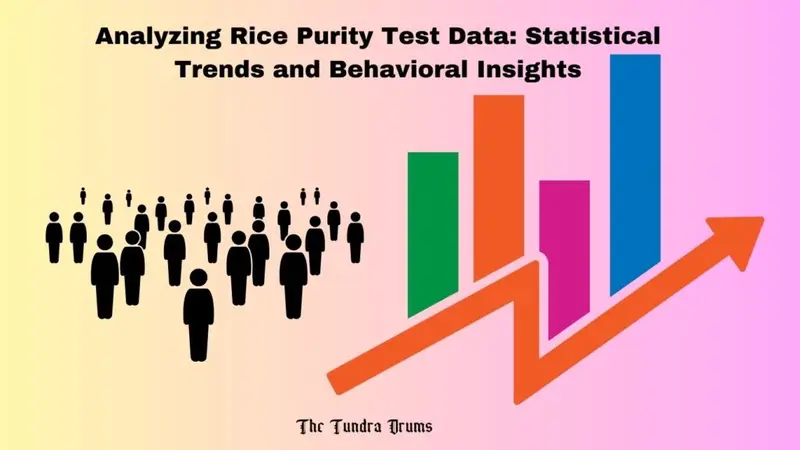The Rice Purity Test is a viral online quiz that evaluates a person’s “innocence” or life experiences based on 100 questions covering relationships, social behavior, law-breaking activities, and personal experiences. Initially created by Rice University students, this test has gained global popularity, particularly among teenagers, college students, and young adults.

What is the Rice Purity Test and How Does It Work?
This test consists of 100 multiple-choice questions, covering aspects such as:
- Romantic and personal relationships
- Substance use (alcohol, smoking, and drugs)
- Illegal activities and law-breaking incidents
- Social interactions and peer influence
How is the Rice Purity Test Score Calculated?
- A higher score (closer to 100) indicates fewer life experiences, often seen in teenagers or young adults with a conservative lifestyle.
- A lower score (closer to 0) suggests a wider range of life experiences, which is more common among college students or working professionals.
Rice Purity Test Average Scores by Age and Gender (Updated 2025)

Average Rice Purity Test Score by Age and Gender
The following table presents the estimated average scores based on survey results from online forums, university research, and social media discussions.
Age Group | Average Score (Males) | Average Score (Females) |
14-17 | 91.2 | 93.1 |
18-24 | 85.4 | 88.6 |
25-30 | 79.8 | 83.2 |
31+ | 72.5 | 77.1 |
Key Observations Based on Data Trends
- Teenagers (14-17 years old) typically score above 90, as they have limited exposure to adult experiences.
- Young adults (18-24 years old) experience a decline in scores, reflecting increased independence and social interactions.
- Males generally have lower scores than females, although the difference varies based on lifestyle and peer influences.
- Older adults (31+) show more diverse scores, as some maintain high scores while others experience a significant drop based on life choices.
Factors Influencing Regional Differences
- Conservative societies (e.g., parts of Asia & the Middle East) tend to have higher average scores due to stricter rules on dating, alcohol consumption, and nightlife.
- Liberal societies (e.g., North America & Europe) show lower scores, reflecting more social freedom and open attitudes toward relationships.
- Countries with stricter drinking laws often have higher purity scores, whereas places with lower drinking ages and more relaxed substance laws see a decline in average scores.
- College students in the U.S. and Canada often score lower than high school students, as university life exposes individuals to more social experiences.
- University culture in European nations also contributes to varied score distributions, depending on lifestyle choices.
What is Considered a Normal or Good Rice Purity Score?
Many people wonder: What is a good Rice Purity Test score? The reality is that there is no right or wrong score, but here are some common interpretations:
Considered a high score, often associated with teenagers or individuals with fewer social experiences.
A moderate score, indicating some exposure to relationships, social life, or occasional substance use.
Falls into the average range for college students and young adults, representing a balanced mix of experiences.
- Indicates a wide range of life experiences, which is more common among older adults or individuals with an active social lifestyle.
Final Thoughts
The Rice Purity Test remains one of the most popular self-assessment quizzes for teens, college students, and young adults. While the test provides an interesting way to compare experiences, it should not be taken too seriously.
At the end of the day, your score is just a number and does not define your personality, values, or success in life.
No, a lower score does not reflect morality or character. It simply represents different life choices and experiences.
A high score does not indicate intelligence or personal success. It only shows the extent of exposure to different activities.
FAQs
Yes. Since the test is based on life experiences, your score naturally decreases as you grow older and experience new situations.
No, all reported averages are estimates based on self-reported data from surveys and forums.
The majority of people fall between 50-90, with college students and young adults averaging around 70-85.









